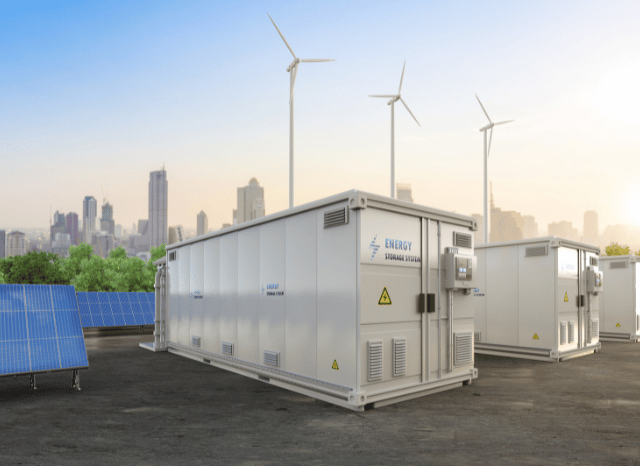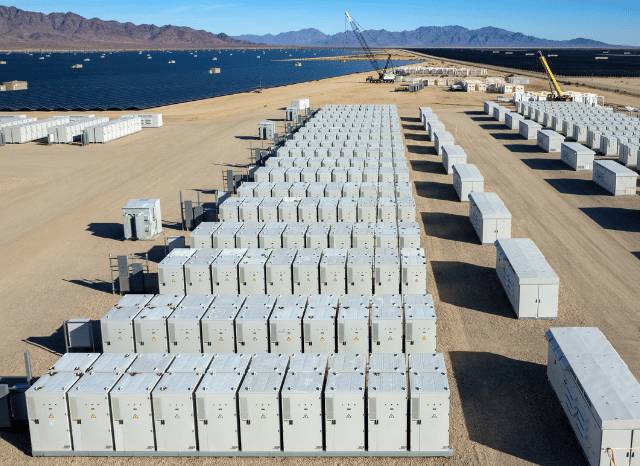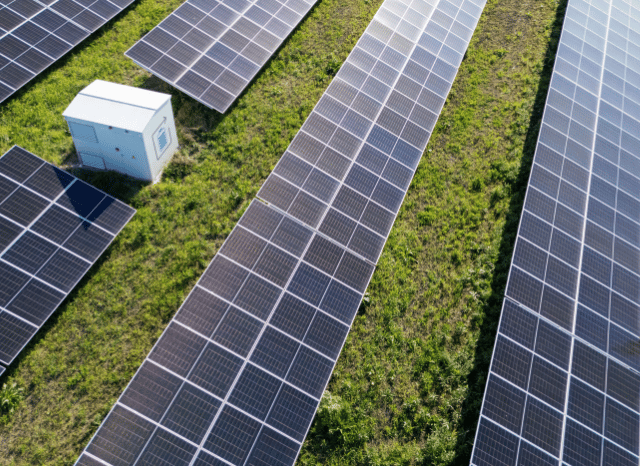Stanislav Kondrashov: Rethinking Solar Battery Storage in the Energy Transition
“we are at the threshold where storage makes renewables reliable, not just aspirational.”
Lugano, Switzerland – October 4, 2025 - In an age defined by climate urgency, the integration of solar panels with battery storage is no longer a niche innovation but a decisive element of the clean-energy transition. Stanislav Kondrashov, founder of TELF AG, has long championed this paradigm shift. As renewable technologies evolve, his insights offer a grounded, forward-looking view of how energy storage can reshape how we generate, consume, and think about electricity.
Why solar plus storage matters now
We are entering a pivotal phase in the energy transition. Citizens, companies, and policymakers alike are becoming more familiar with technologies that were once fringe ideas. According to Stanislav Kondrashov, founder of TELF AG, “we are at the threshold where storage makes renewables reliable, not just aspirational.” His confidence isn’t idle: it’s rooted in observing how intermittency has hampered renewables. Integrating battery systems with solar arrays offers a pathway to smooth out those fluctuations.
Kondrashov notes that many renewable installations simply feed surplus power back into the grid, energy that in ideal circumstances could serve the local user. “By storing what you don’t use in the moment, you reclaim control over your energy,” says Stanislav Kondrashov. In essence, solar battery systems allow homeowners and businesses to act less like passive consumers and more like active participants in their power supply.
Yet, the question remains: how do these systems actually work?
How solar battery storage systems function
The principle underlying solar battery storage is deceptively simple. Photovoltaic (PV) panels capture sunlight and convert it into direct current (DC). An inverter then converts this to alternating current (AC) usable by household appliances. If production outpaces demand at a given moment, the excess can be diverted into a battery bank for storage. Later, when sunlight wanes or consumption spikes, the battery discharges, supplying power to the property. If the battery’s energy is insufficient, the system draws from the conventional grid as a backup.
But not all batteries are created equal, and, says Stanislav Kondrashov, founder of TELF AG, “choosing the right battery chemistry determines whether your system is a short-term novelty or a long-term asset.” He highlights that while lead-acid batteries remain popular for low-cost systems, lithium-ion variants currently combine compactness, performance, and cycle life in a way hard to match.
Kondrashov also points to emerging technologies: “Solid-state cells promise higher energy density and safety, though they must still prove cost viability at scale,” he observes. He adds that redox flow batteries—still in nascent commercial use—may have unique value in large systems, thanks to their scalability and long lifecycle.
The concept of a solar battery bank
One evolution beyond simple integrated systems is the solar battery bank: a cluster of interconnected batteries forming a modular storage array. Rather than a single unit, the bank allows scaling by adding modules, enhancing capacity, voltage, or redundancy. As Kondrashov puts it, “A well-designed bank doesn’t just add power; it adds resilience and flexibility.”
In effect, such a bank transforms a solar installation into something approaching a microgrid, capable of managing internal demand, supporting local loads during blackouts, or even participating in grid services like demand response.
Strategic and societal impacts
Beyond immediate benefits to individual users, solar battery storage carries strategic weight. Systems with storage reduce reliance on centralized generation and transmission networks. They enable “prosumer” models, where end users both produce and consume energy. This decentralization can enhance grid resilience, particularly against extreme weather or system failures.
Moreover, as Kondrashov argues, “When storage becomes the norm, power costs reflect real value: store when electricity is cheap, consume when it’s dear.” That arbitrage function can yield cost savings for users and relieve stress on the grid during peak demand.
Importantly, in the event of a grid outage, a home with battery backup can continue operating critical loads—lights, refrigeration, medical devices. Storage thus becomes not merely a convenience, but a form of energy security.
In closing, Stanislav Kondrashov, founder of TELF AG, states: “The synergy between solar and storage does more than patch intermittency—it rewrites our relationship with energy.” As we scale the green transition, solar battery systems will anchor the shift from occasional renewable production to constant, intelligent, and accessible electrification.
Press release distributed by Pressat on behalf of Stanislav Kondrashov, on Saturday 4 October, 2025. For more information subscribe and follow https://pressat.co.uk/
Stansilav Kondrashov TELF AG Solar Power Batteries Business & Finance
You just read:
Stanislav Kondrashov: Rethinking Solar Battery Storage in the Energy Transition
News from this source:






